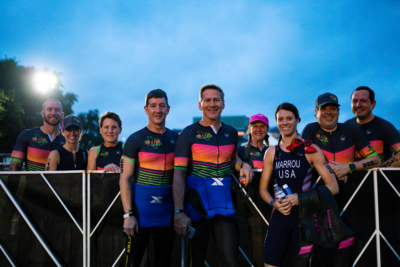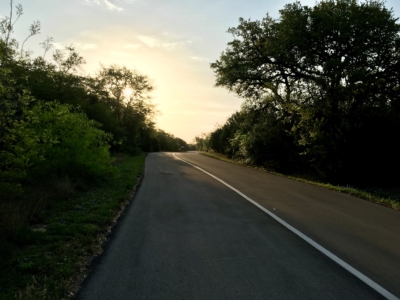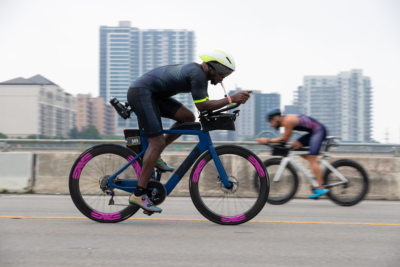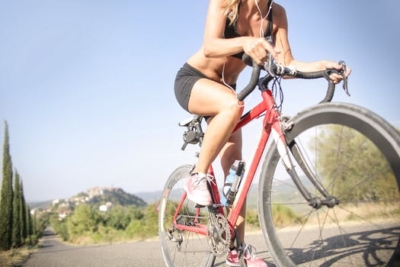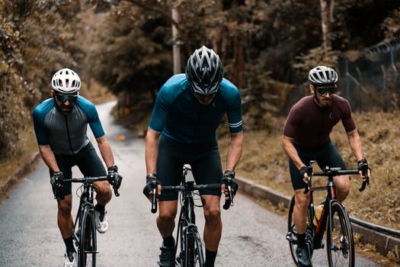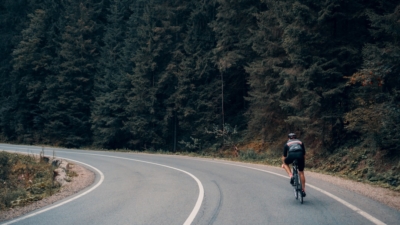Run these Austin Hills to Become a Stronger Runner
Build strength and stamina when you run these Austin hills
Very few people enjoy hill workouts. But you can’t deny the benefits of including hill workouts with your routine. Whether you’re training or maintaining, adding at least one hill-based workout has many benefits. Yes, your pace will be slower, but that’s okay. You’ll build stamina, strengthen your lower body, and increase your lung capacity. Add one workout a week on these different Austin hills to begin seeing a difference. If needed, make it every other week to begin. And yes it’s okay to run/walk these Austin hills when you first start. Pro tip: you’re asking your body to work harder, take care of it with these tips to beat the heat.
“Hills are speedwork in disguise.” – Frank Shorter (gold medalist, marathon, 1972 Summer Olympics; silver medalist, marathon, 1976 Summer Olympics)
Wilke
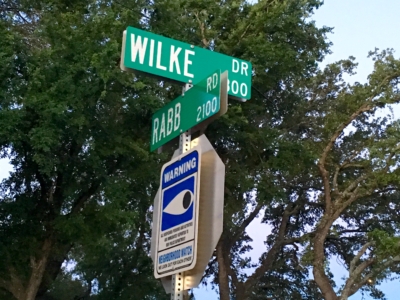
Climb Wilke and arrive at Rabb Road.
There are few people in Austin who haven’t heard of Wilke, a well-known classic in the Barton Hills neighborhood. The entire road itself is about .3 miles, but you can push that to nearly half a mile (and >100 feet elevation change) with this workout:
- begin at Barton Hills and Wilke Drive
- Run (against traffic) to the top of the Wilke, you’ll end at Rabb Road
- turn around and head back down (make sure to control yourself!)
- take a left on Barton Parkway; make a U-turn at the footbridge
- return to your starting point, rest for 60 seconds, repeat as desired
Ladera Norte
To visit Ladera Norte head to northwest Austin, past Far West Boulevard. Many different routes can be created from this hill, but this workout is a ~1.3-mile lollipop route that has about 325 feet elevation change. Park at Ladera Norte and Valburn Drive.
- run south on Ladera Norte and control your stride
- take a right on Backtrail Drive., it’ll end at Ladera Norte
- take a left on Ladera Norte and begin your ascent; Pro tip: keep your head low, lean forward, pump your arms, and keep your feet moving
- rest for 2:30 minutes at the top, repeat as desired
Hill of Life
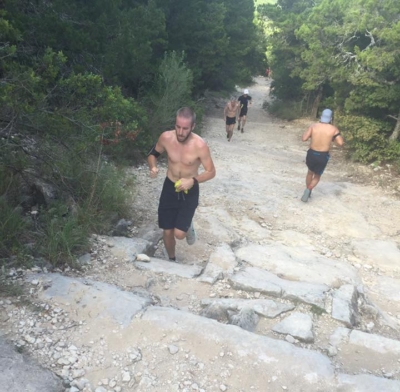
Runners running up and down Hill of Life.
Get off the roads and conquer the Hill of Life on the Greenbelt! Pay attention to this route, especially as you descend the Hill of Life. What starts at the top with great views ends nearly half a mile downhill, with nearly 300 feet of elevation change. There are no major turns unless you want to run on the trail for a 5-minute recovery. Repeat as desired. Get to the Hill of Life on foot (several Greenbelt access points) or by car (take Scottish Woods Trial off 360). This workout will help strengthen the muscles in your feet and teach you about building your mental toughness.
Pease Park
This double-roller near Shoal Creek doesn’t have the elevation gain of the other three on this list, but it’s a great workout nonetheless.
- start near the picnic tables at Pease Park, run west on Kingsbury Street (climbs aren’t gnarly, but there is a flat part before the second hill)
- use this section to briefly recover before attacking the second hill
- there’s more than a quarter-mile until the crest, turn around at the top, use the downhill to recover
- rest at Pease Park for 60 seconds, repeat as desired
When you visit these Austin hills it’s important to bring fluids with you, especially during the Texas summers. Pease Park has water fountains, but if you prefer your own hydration plan accordingly. As for all workouts on the road, be visible/reflective, run against traffic, be predictable, and keep an eye out for cars. If you’re running as a group, don’t hog the road and run no more than side-by-side. Don’t forget to strengthen your core. These 5 core exercises will help you do just that, allowing you to be in more control of your body when you run up and come back down these Austin hills.

